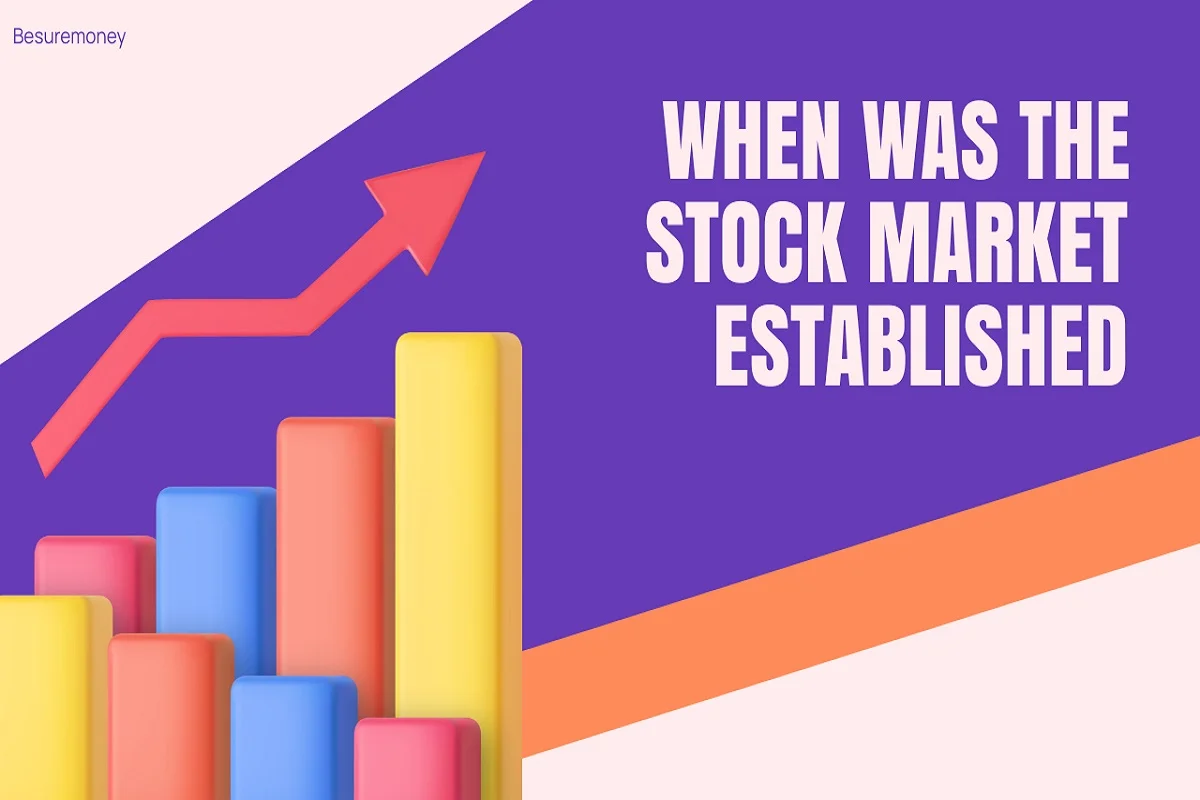In this blog, we know about when the stock market was established and what is its history. Let’s get information and make your knowledge it is demanding.
The Origins of Stock Trading:
The dynamics of when was the stock market established. It’s important to highlight that share trading has been around for centuries, although the modern stock market has a different structure.
Begin by discussing early forms of it, which can be traced back to the ancient world. These early transactions often involved the trading of debt securities and commodities.
Dive into the role of it in 17th-century Amsterdam and London. Amsterdam, in particular, is known for pioneering many of the concepts that underpin modern share markets.
The Birth of the Modern Stock Market Established:

In this section, you’ll want to focus on the pivotal moment in history when the modern stock market was established.
Explore the Amsterdam Stock Market Established in 1602. Discuss how it served as a model for subsequent stock exchanges and how it was driven by the need for capital in the Dutch East India Company.
Describe the Dutch East India Company’s role in pioneering the issuance of shares and how it shaped the early share market.
Evolution in the 18th and 19th Centuries:
This section should examine how share markets evolved over the centuries following their initial establishment.
Discuss the development of amex exchanges in European cities like London and Paris, highlighting their unique characteristics and contributions to the world of finance.
Explain how these markets adapted to changing economic and political landscapes, including the impact of wars, revolutions, and industrialization.
The New York Stock Exchange (NYSE):
The New York Stock Exchange is a significant milestone in the history of share markets and deserves its section.
Detail the founding of the NYSE in 1792 and its early history. This could include stories about the traders who signed the Buttonwood Agreement and its significance.
Highlight the role of the “Buttonwood Tree” as a meeting point for early traders, symbolizing the birth of a formal stock exchange in the United States.
The Formation of Other Stock Exchanges:
In this section, explore how it began to sprout in various parts of the world. Mention notable examples such as the Tokyo Stock Exchange, the London Stock Exchange, and the stock market established. Explain their historical contexts and their contributions to the global financial landscape.
Technological Advancements:
The use of technology advancements has made our stock markets more transparent, giving investors access to information and insights that were previously unavailable. Through data analytics, investors can identify market trends, identify hidden opportunities, and evaluate their portfolio performance in real-time.
Market Crashes and Regulations:

Explore the dark side of share markets, including major crashes like the 1929 Wall Street Crash.
Explain how these crashes led to the establishment of regulatory bodies such as the SEC (Securities and Exchange Commission) in the United States to prevent market abuses and protect investors.
Conclusion:
Summarize the key takeaways from the blog post, emphasizing the enduring significance of the share market in the global economy.
Conclude by reiterating the importance of understanding the historical roots of the market for anyone interested in finance and investing.
FAQ’s
Q1. What is the purpose of the share exchange?
Ans: It serves as a platform for buying and selling it, allowing companies to raise capital and investors to participate in the ownership of businesses.
Q2. How does it work?
Ans: It works through the exchange of securities, such as stocks and bonds, between buyers and sellers. It operates on the principles of supply and demand, with prices determined by market forces.
Q3. What are the major stock exchanges in the world?
Ans: Some of the major exchanges in the world include the New York (NYSE), NASDAQ, London (LSE), Tokyo (TSE), and Shanghai (SSE).
Q4. Can anyone invest in it?
Ans: Yes, anyone can invest in it, whether as an individual investor or through mutual funds, pension funds, or other investment vehicles.
Q5. How can I start investing in it?
Ans: To start investing in it, you can open a brokerage account, research companies, and choose stocks to invest in. It’s important to have a clear investment strategy and consider diversifying your portfolio.
